I don't exactly have a green thumb. I'd call it light green. And maybe polka dotted with black. Is this getting too weird?
Anyway! I DO love growing vegetables on my own. And it's really not that hard. You just need soil, sunlight and patience. Heavy on the patience.
Every February, my fiance, Sean, and I get the itch for spring. So we head to our local nursery to browse the gardening gadgets and seed packets. Usually by the end of the month, we pick up packets. And I have to convince S not to plant the seeds right away because we just can't wait for spring.
Through the years, we've learned by trial and error (isn't that the best way?) what works and when to plant. For three years, we lived in an apartment with sunny windows and crammed as many pots onto sills and tabletops. The care we put forth was a bit ... over the top. S used to move our beloved basil and tomatoes from the living room into the BATHTUB when the morning sun fell onto the rear of the apartment.
Of course, when the plants grew too large and it finally stayed warm and sunny continuously, we moved all the plants onto our balcony. Last year, we purchased a home (my childhood house!) and turned our backyard into a large garden. (Mom, I'm sorry we dug up the nice grass.) Surprisingly, we didn't have as great results as we expected.
This year, we've got a game plan and a new garden location - the front yard. If you're looking to sow some seeds, you've still got some time. Here's what we're going to do!
First! Find out what zone you're located in. This website is pretty nifty for telling you. Second, learn when the last frost will be for your area. This shows Massachusetts' information, but just type in your zip.
Sow your seeds a week before your estimated last frost. Or if you're impatient like us, sow them earlier and hope you don't get a random snowfall on April 16. Because that happened. These guys won't go into the ground for a while.
Now, the fun part. Pick your seeds according to what grows best in your zone. I advocate for purchasing organic seeds, simply because the veggies will be so much better for you and they will taste better, to boot!
We've got sugar snap peas, basil, all sorts of heirloom and regular tomaotoes, dill, rosemary, peppers, hot peppers, garlic and probaly others that I'm forgetting. We chose what we usually would buy from the grocery store or farmer's market.
Because we have so much more space this year now that we're homeowners, I picked up a bunch of flower packets and bulbs.
Next you need containers. I saved a bunch of yogurt cups (they're food grade plastic) and had leftover seed starter pots. And then, seed starter and soil. Good soil. (We found organic).
Read each seed packet and plant the seeds accordingly. You really need to do this. Each seed is different! And, because I learned the hard way, listen to me! Haha. Some need to be moistened with water before sowing in soil. Some need 1/3 of the seed body to remain above soil. Seeds are finicky.
For herbs, I'd scatter all the seeds around the pot all willy-nilly. But for veggies, make a few holes and plant multiple seeds in each. This increases your chances of the seeds sprouting. You will definitely have to make some cuts, literally, later on as the sprouts grow out of each hole. Pick the tallest, healthiest looking ones to save in each hole and snip snip away the rest!
Then, water! But not every day. You want the soil to become dry again before watering. Otherwise, you'll grow mold and mushrooms. Seriously. And weird. Seriously weird.
Isn't that 70s moisture meter hilarious? I remember using it as a kid and making my brother put it in his mouth to measure his mouth moisture. Gross!
Make sure you have a window that gets the majority of the day's sun to place your seed pots into. S bought a greenhouse ($20 at Ocean State. Score!) and I have various tables and stands we place bigger pots on. We weighted the greenhouse because Kal (can you see her in the top right photo?) is curious. And likes to sometimes see if she can squeeze under the bottom plastic.
Soon your seeds should sprout and grow! It's neat to see the changes in them daily. Once you're in the clear of frost, transplant your sprouts into your garden!



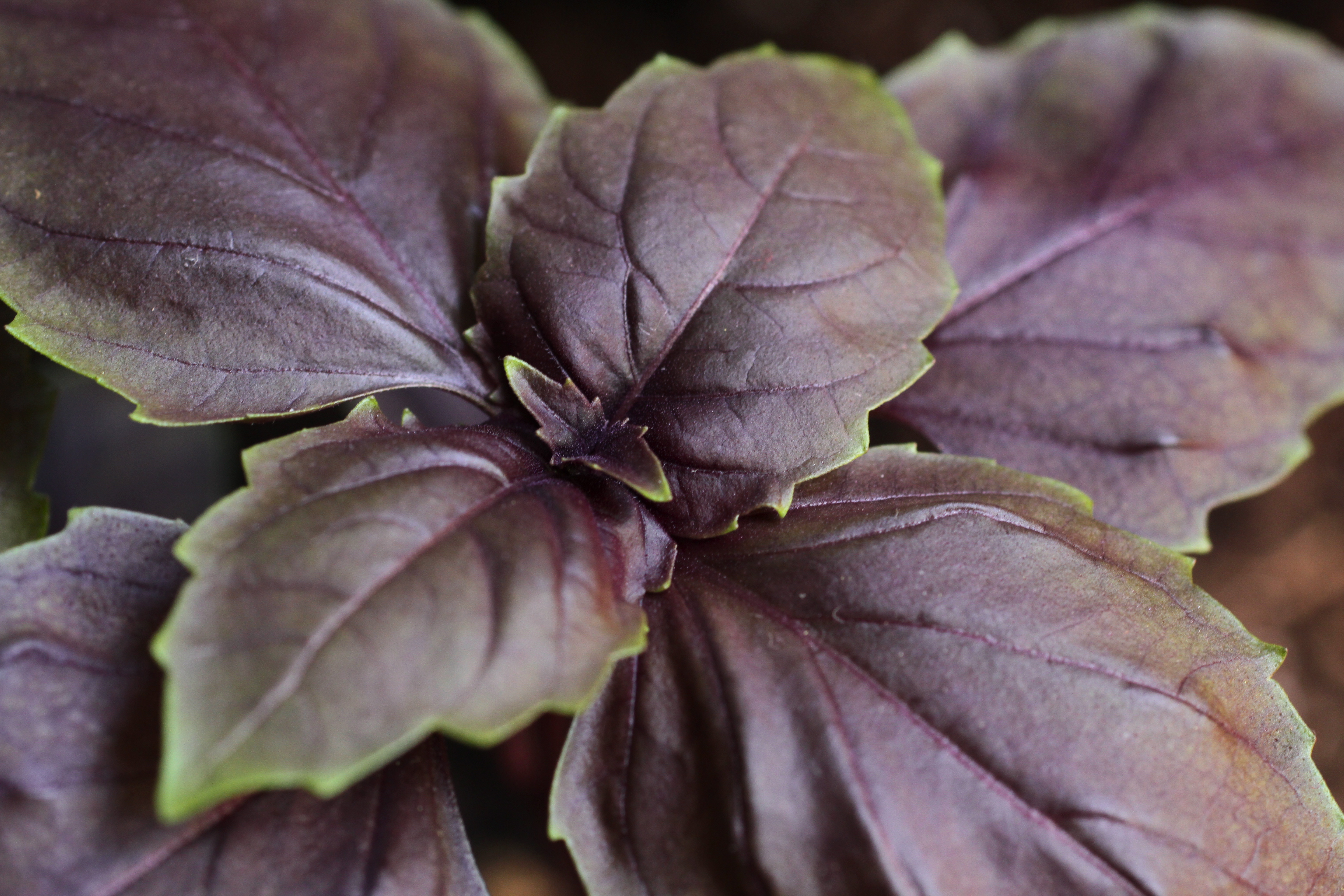



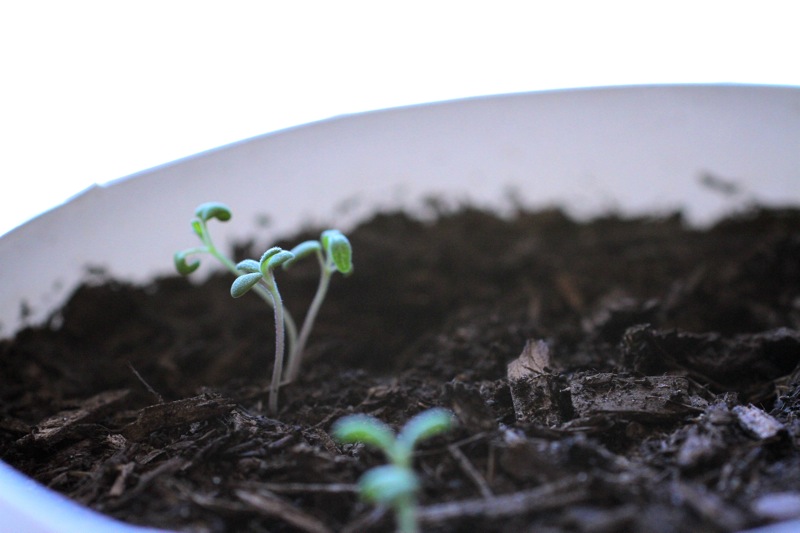
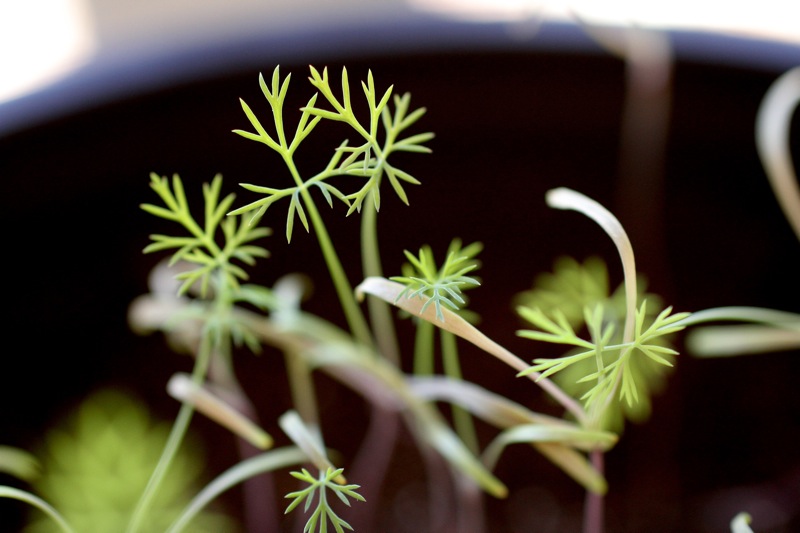
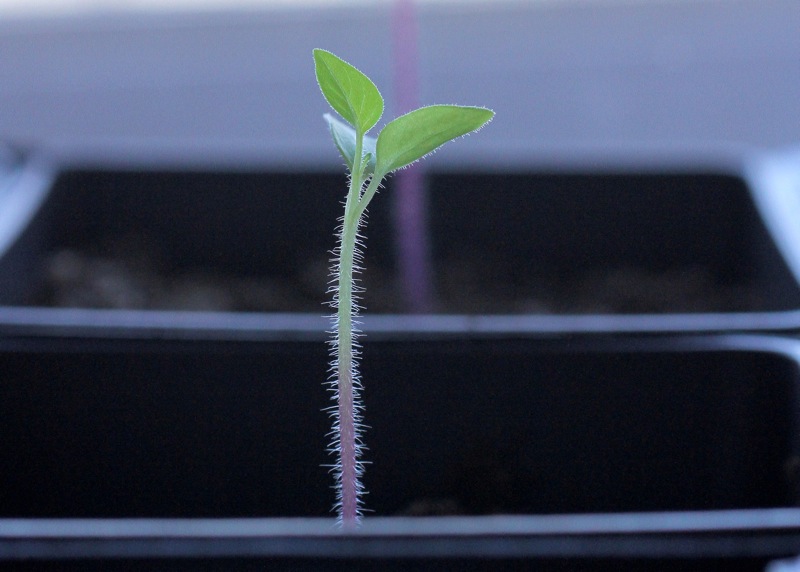

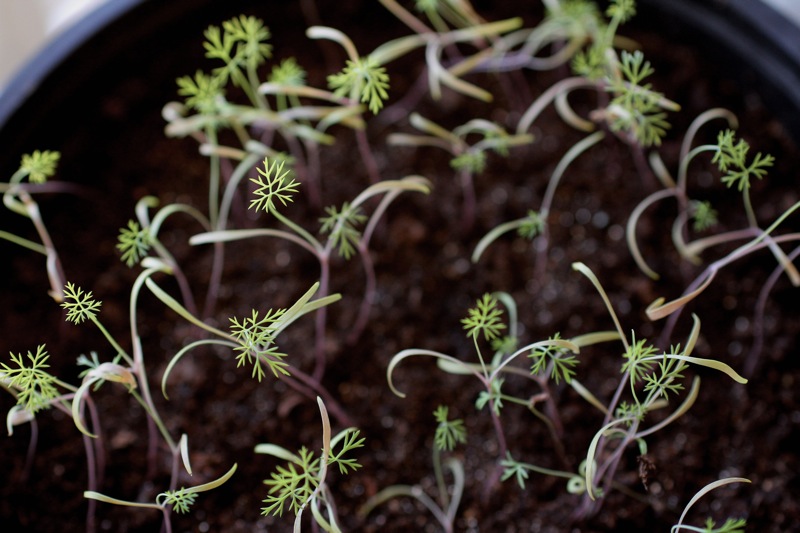
No comments:
Post a Comment